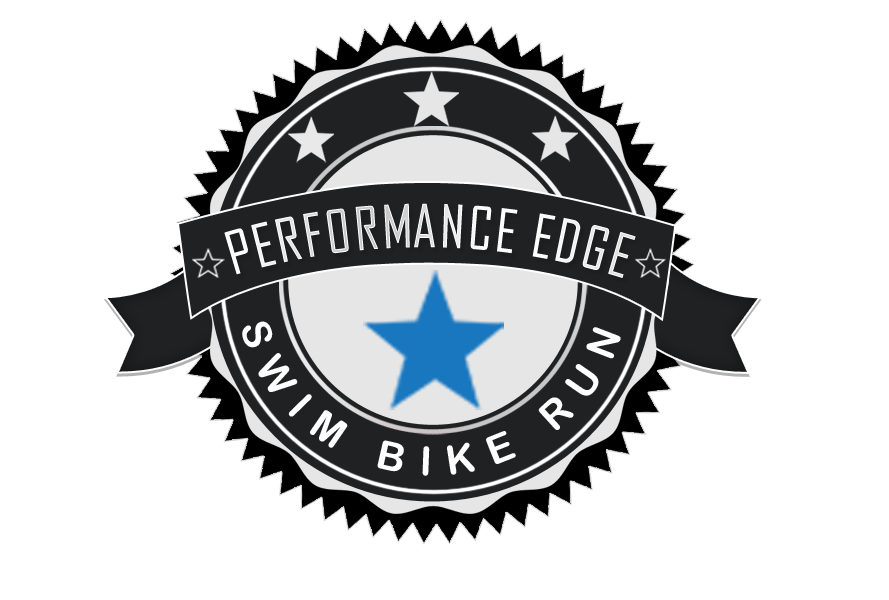Having just finished our Performance Edge Triathlon Specific Camp in Mallorca I thought that I would write down some thoughts on training camps in general and why perhaps our camps are different to others and how we expedite the training.
The first aspect of the camp we have to address is the endemic overtraining that age group triathletes seem to embrace and then publicise that overtraining on various social media outlets. Conversely the dichotomy here is that camps actually are a vehicle to embrace greater volume of training. However it is the downtime that facilitates this. The first instruction the athletes are given is that the camp is about Eating, Sleeping and Training ….. in that order. It is the former two that allow the recovery and adaptation necessary to enable the latter. So whilst the athletes on the camp will train more than at home, the reason they can is that we have taken them away from work, family duties, social occasions and placed them in an environment where the down time, the eating and resting allows the recovery, adaptation and ability to go again.
With the swim we primarily look to increase the athletes frequency of swimming. In fact in our 6 day camp the athletes actually touched the water on 6 separate occasions. However these were not 6 eye balls out swim sessions. They comprised a mix of 3 early morning swim sessions to get the athletes used to the early morning start of triathlon and to get that discipline installed in them however at all times we were working on giving advice on timing and rhythm to give the athletes a nice, efficient, triathlon specific stroke. Once they had that their stroke was not altered and we just got them swimming and used to tapping out the rhythm over the given set. On other days we utilised the swim as recovery post bike session and these sessions are there to keep the frequency up in terms of touching the water but also to start the recovery process prior to the next day.
We schedule our programme to achieve a good equilibrium of hard work and easy sessions. Primarily this can be attained in our bike rides where a simple way of achieving this is to follow a hilly bike day with a more flatter ride or even a shorter recovery type ride. This protocol allowed us to ride 350 miles in the 6 days but without it really taking too much out of the athletes. Cycling on good, quiet roads in great weather is a very safe way of achieving a good volume of training and our athletes often comment that they couldn’t or wouldn’t get those rides in at home. In fact one of our campers, a medical Doctor, decided on returning home after the camp to extend her 8 mile cycle commute to 30 miles. She would not have been able to achieve that had we over trained the athletes!
Lastly we keep running to an appropriate level, with some recovery runs off the bike and other run sessions. The run days are typically separated by a non run day as on a camp any over running is certainly a recipe to smoke yourself. As with the bike and the swim sessions we mix up slower shorter sessions with faster shorter sessions with longer sessions and it is the mix that brings results.
So the take home message is that if you go on a training camp or do your own at home then yes do an appropriate level of training and remember that it is the recovery that facilitates the adaptation and allows for the increased level of work so your mantra should be Eating and Sleeping Ain’t Cheating!


